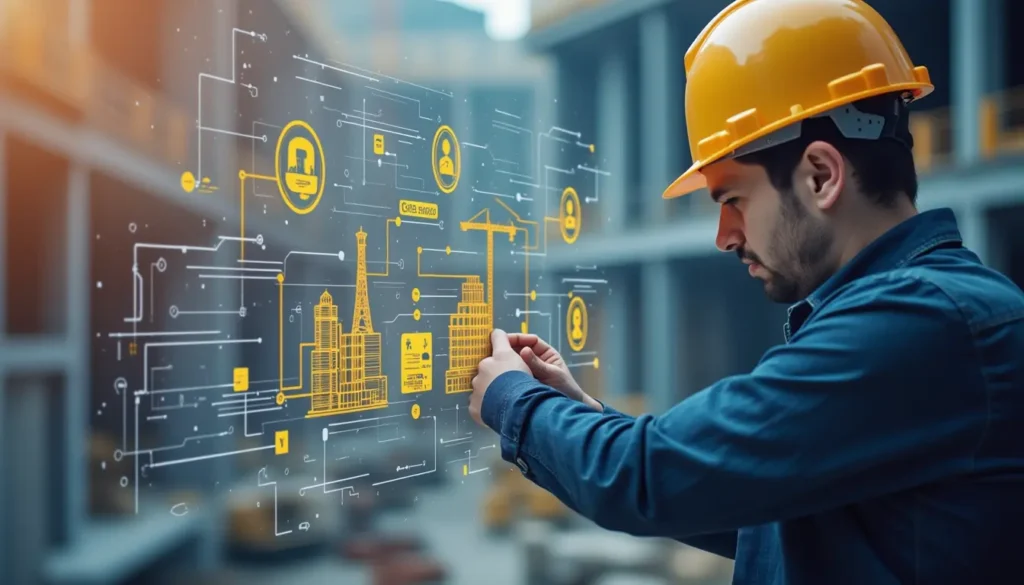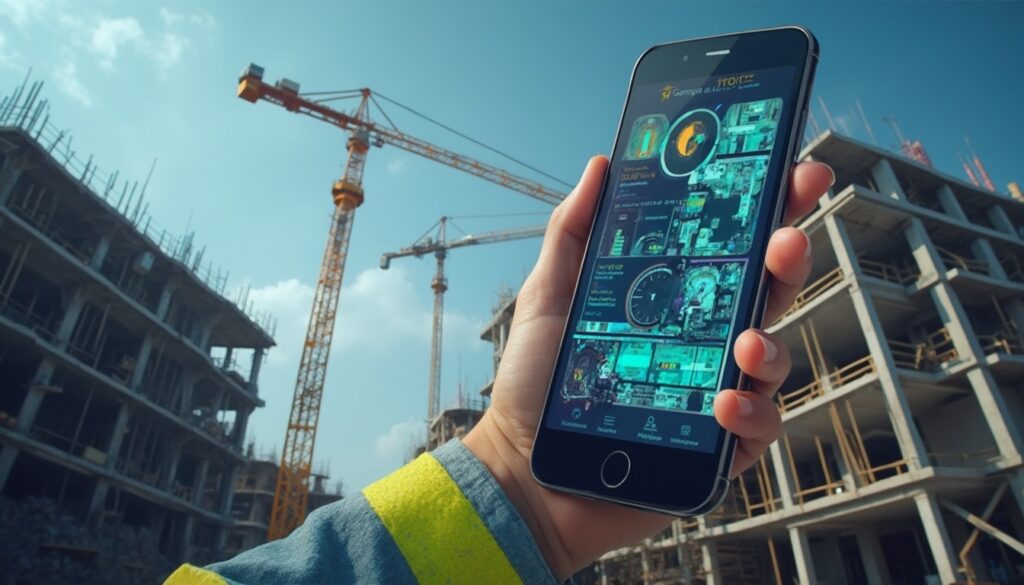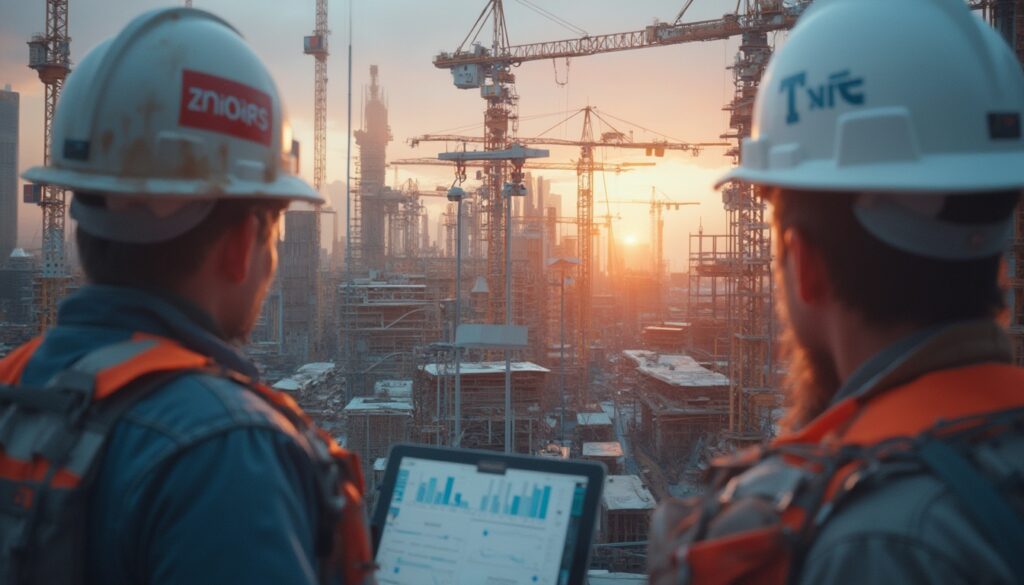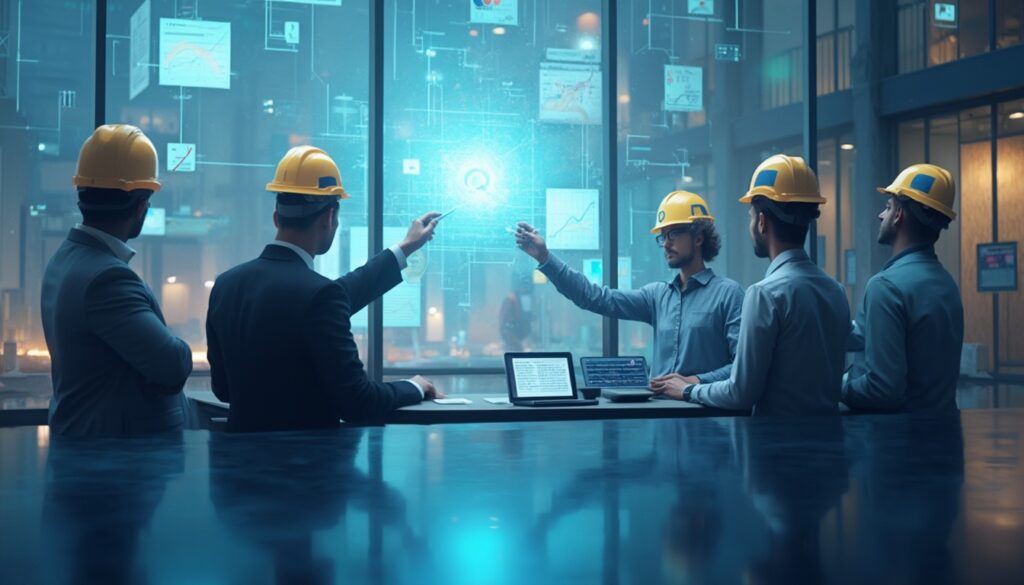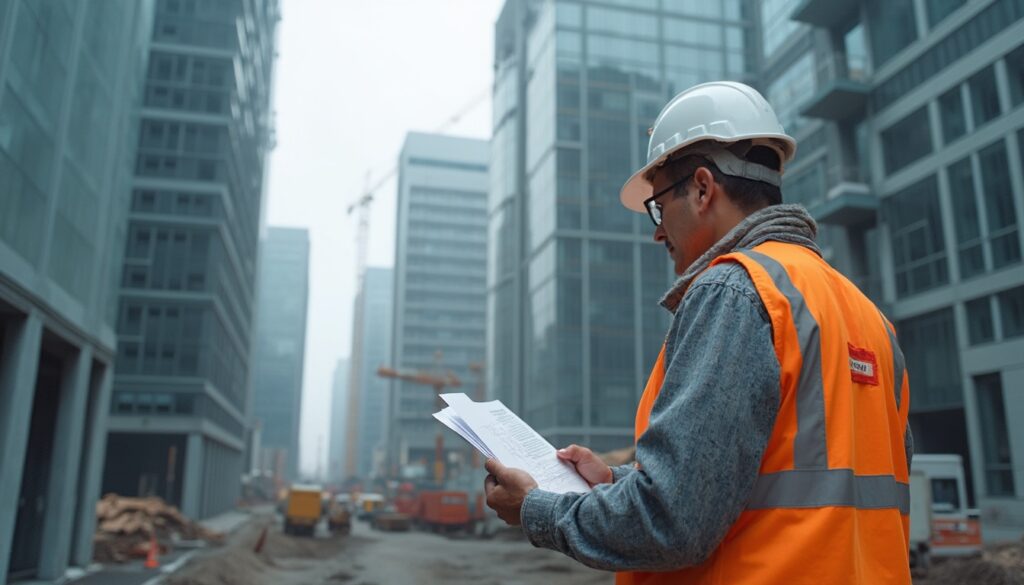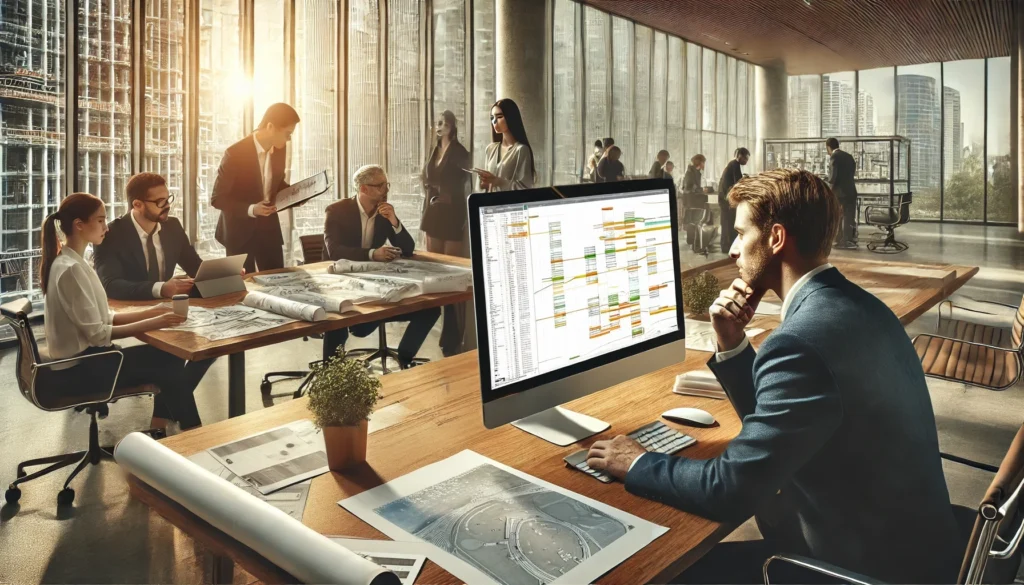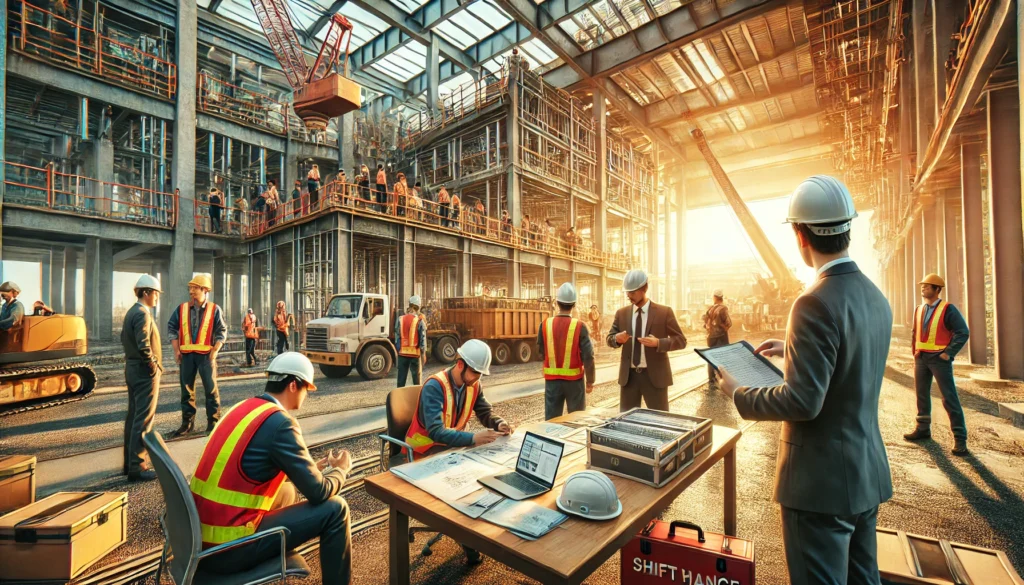The legal requirement to notify of construction delays according to VOB/B
A construction contract under the Contract Procedures for Construction Services (VOB/B) offers a clear advantage over the BGB: Section 6 VOB/B regulates in detail the handling of construction delays. This clause is not a recommendation but a contractual obligation that applies to over 90% of public construction projects. Ignoring this obligation risks the complete loss of your claims. The notification serves to officially warn the client and give them the opportunity to remedy the disturbance. A missing notification is often interpreted by courts as a waiver of claims. A verbal notification on-site is not sufficient in 99% of cases. Written form is essential for legal certainty. This formal act is the basis for any later negotiation about a adjustment of the construction period. The correct application of this regulation determines the economic success of disrupted construction projects.
These 7 elements must be included in your template
An effective notification of construction delays must be more than just a brief notice. To be legally secure, your template or digital communication must contain precise information that provides the client with a clear picture of the situation. Even a missing detail can render the entire notification ineffective. Ensure that your communication covers the following 7 points comprehensively:
- Exact naming of the construction project: Provide the exact project name and contract number to avoid confusion.
- Detailed description of the delay: Specify exactly which circumstances are hindering the work (e.g., “missing structural plans for the roof framework, revision 3”).
- Naming the affected works: List which of your services you cannot perform or can only perform to a limited extent (e.g., “installation of the roof structure”).
- Time and duration: State the exact date of the occurrence of the delay and, if possible, a preliminary estimate of the expected duration.
- Explanation of the consequences: Explain the consequences for the further construction process and possible delays.
- Own measures: Indicate what you have already done to minimize the damage, as required by § 6 Para. 1 VOB/B.
- Signature and proof of dispatch: Ensure verifiable delivery, preferably digitally with a timestamp or by registered mail.
The precise documentation of these points is crucial for further change management.
Typical triggers: When you must act immediately
Delays can come from many directions and require your immediate response. The deadline for “immediate” notification begins on the first day of the disturbance. Delaying your notification can cost you your claims, which accumulate daily. In practice, over 80% of delays are attributable to just a few causes. The most common mistake is waiting in the hope that the problem will resolve itself. Instead, act immediately when one of the following cases occurs:
- Missing or defective pre-services: The subcontractor is not finished or the provided service has defects that block your work. This is one of the most common reasons.
- Delayed or faulty plans: The client or their architect does not provide necessary execution plans in time.
- Instructions from the client: Additional or changed services that were not included in the original contract are ordered.
- Weather conditions: Only extraordinary weather events that are unusual for the season are considered a reason. A normal rainy day in April does not count.
- Strike or lockout: These are considered force majeure and are a valid reason for a notification.
Each of these points can lead to significant damages during the construction phase if not proactively managed.
The financial consequences of a missed notification
A construction delay notification that is not submitted or is submitted late is not a minor offense, but an expensive mistake. Without this formal notification, you generally have no right to extend the execution deadlines according to § 6 Para. 2 VOB/B. This means you automatically fall into default, which can trigger contractual penalties of up to 5% of the contract sum. Even more serious is the loss of the claim for compensation according to § 642 BGB. This includes the costs for keeping personnel and equipment on hold during the downtime, which can quickly amount to several thousand euros per day. A construction company lost a claim of over €50,000 in a ruling by the OLG Düsseldorf because the notification was not made immediately. Clean documentation is also crucial for the subsequent acceptance according to VOB Without complete evidence, you are at a disadvantage in discussions about the construction period.
Digitization instead of paper: The efficiency advantage
The classic way – searching for a template, filling it in, scanning it, and sending it by email or post – is slow and error-prone. On average, this process takes over 30 minutes, and the proof of receipt often remains uncertain. A digital solution like Valoon reduces this effort to under 3 minutes. You simply voice the delay on your smartphone, add photos as evidence with 2 clicks, and send the message via WhatsApp. The decisive advantage is the automatic, legally secure timestamp and the complete storage in the digital construction protocol. All information is immediately available to the office team, which can finalize the formal notification. This speed perfectly meets the requirement for “immediate” reporting. Furthermore, the search for the correct template is eliminated, as all necessary queries are stored directly in the app.
Conclusion: Your advantage with Valoon
The construction delay notification is a powerful tool to safeguard your rights, but only if it is used correctly and in a timely manner. A missing or faulty template can lead to losses that far exceed the costs of a digital solution. Valoon transforms this complex requirement into a simple, fast process. You benefit from maximum legal certainty through complete documentation, enormous time savings by eliminating manual steps, and clear communication between the construction site and the office. Don’t wait for the next disturbance to jeopardize your margin. Secure your claims easily and efficiently. Book your free demo now and see how Valoon optimizes your processes in less than 15 minutes.
More Links
Wikipedia provides comprehensive information on VOB/B (Contract Procedures for Construction Services Part B) and the General Contractual Terms for construction services.
Das Fraunhofer Institute for Building Physics IBP provides research results and information on digitalization in the construction industry.
Haufe offers detailed information on construction delay notifications and shows how you can safeguard your claims.
buildingSMART Germany informs about Building Information Modeling (BIM) and Open BIM.
FAQ
How quickly must a construction delay notification be made?
According to § 6 Para. 1 VOB/B, the notification must be made “immediately”. This means “without culpable delay”, typically within 1-3 business days after the delay is recognized.
To whom must I address the delay notification?
The notification must always be sent directly to the client (builder). Sending it only to the architect or planner is only sufficient if they have demonstrably obtained authorization from the client to receive such declarations.
What must I do after the end of the delay?
As soon as the hindering circumstances have been resolved, you must also notify the client in writing without delay that you have resumed work. This is important for the accurate calculation of the delay duration.
Can I use a template for the construction delay notification multiple times?
Yes, a standardized template is useful. However, it is important that you fill it out specifically and in detail for each individual case. General or vague statements render the notification ineffective.
What are the costs of a missing construction delay notification?
The potential costs are high. They include the loss of claims for compensation for downtimes (personnel, equipment) and the risk of contractual penalties for construction delays, which often amount to 0.2% to 0.3% of the contract sum per day.
How does Valoon assist in creating a construction delay notification?
Valoon radically simplifies the process. You capture the delay via voice message and photo directly on-site via WhatsApp. All data is automatically timestamped and legally secure in the system, so the office can immediately create and send a formal notification.

